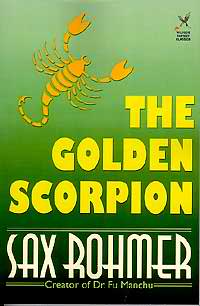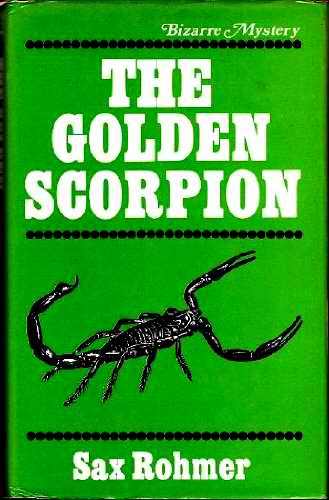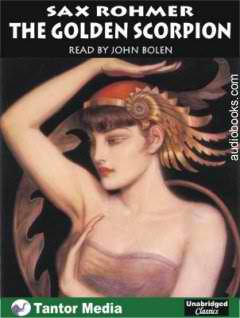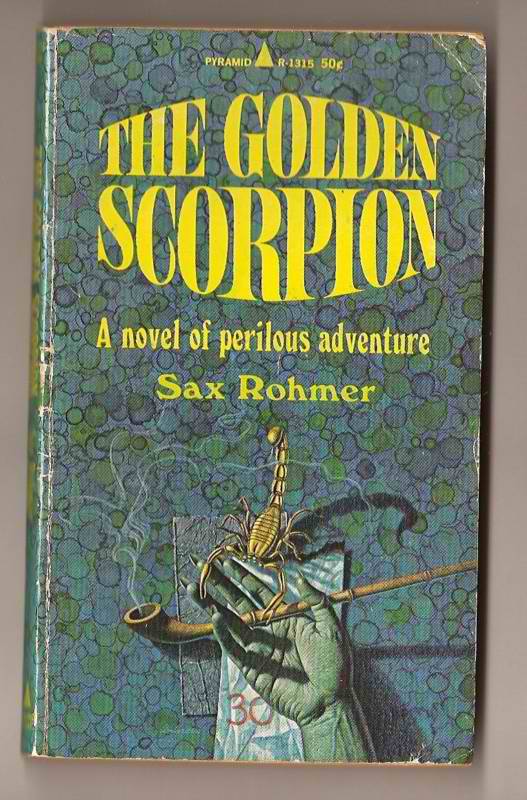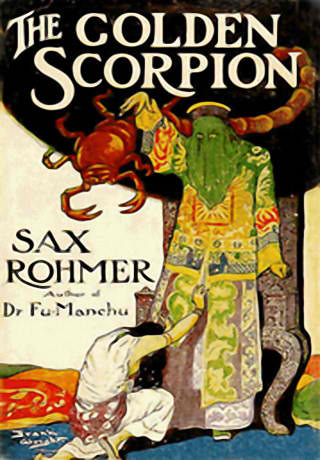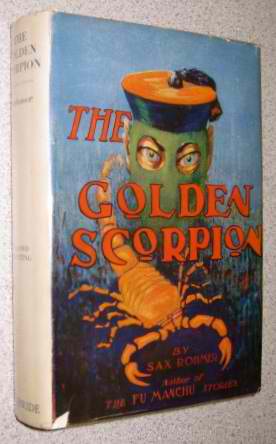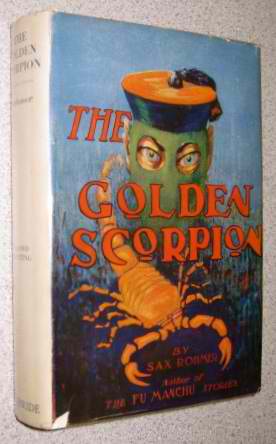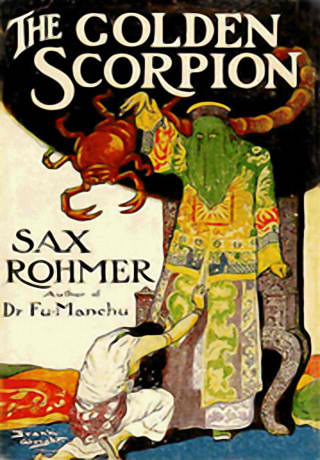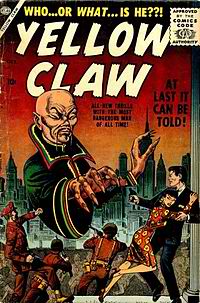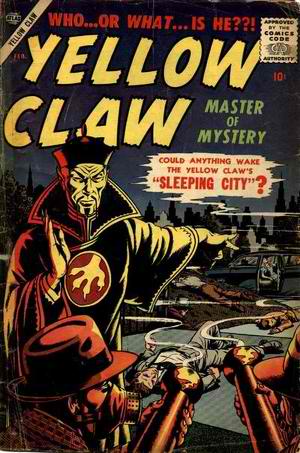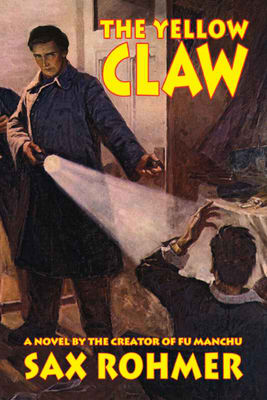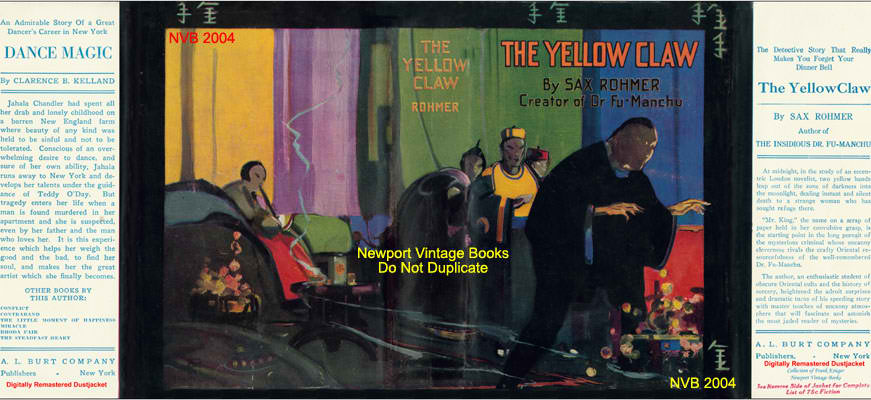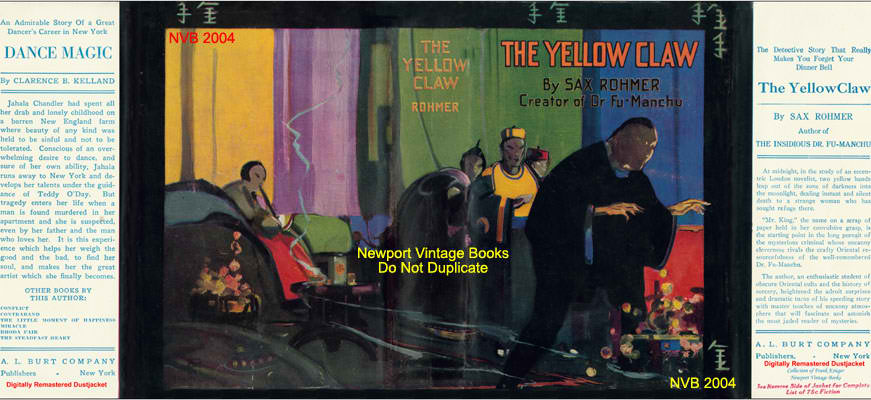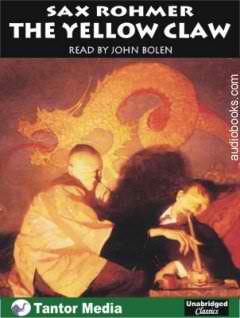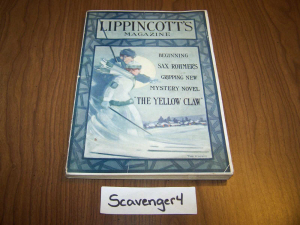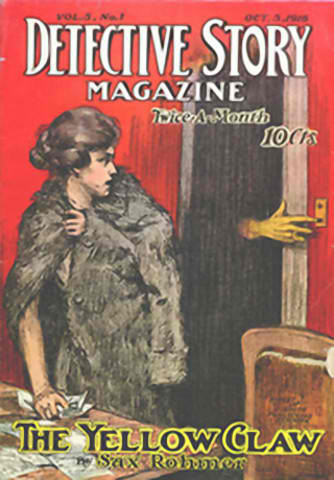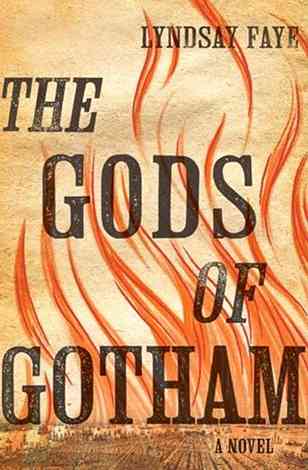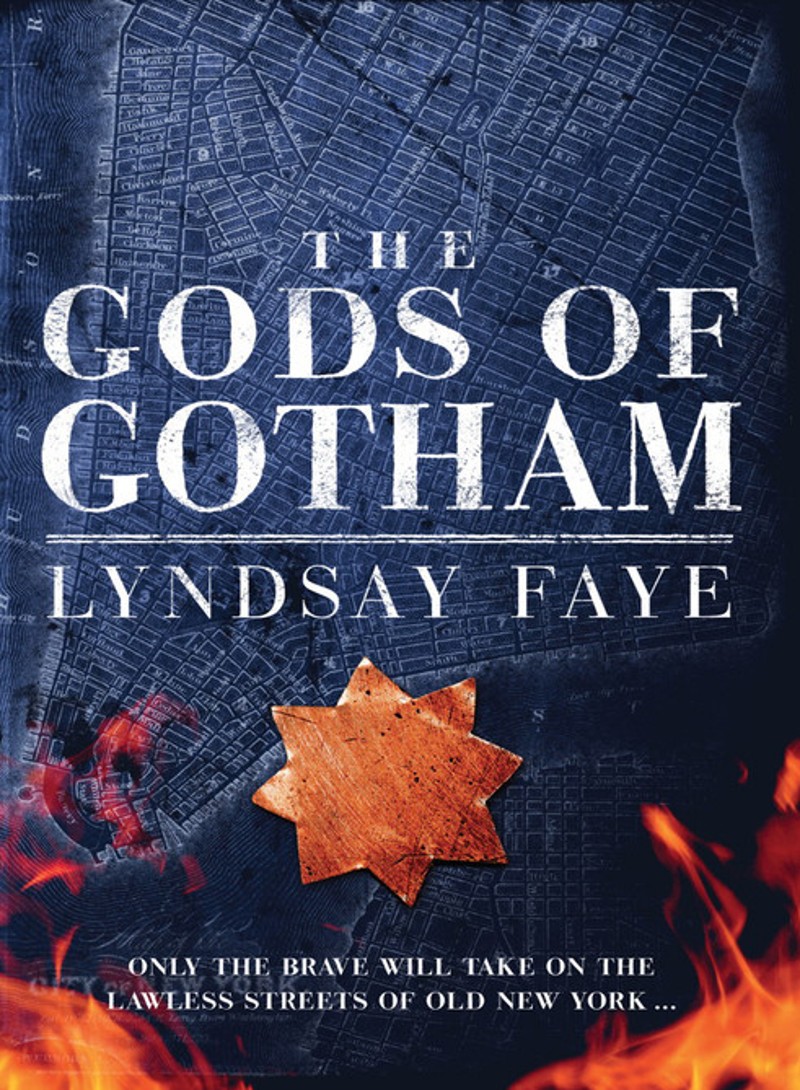Blogging Sax Rohmer’s Daughter of Fu Manchu
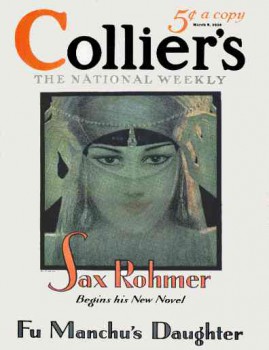
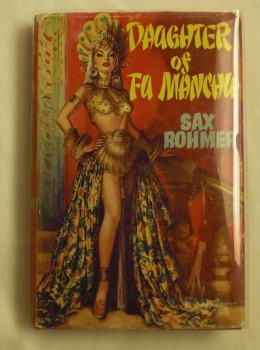 Sax Rohmer’s Daughter of Fu Manchu was originally serialized as Fu Manchu’s Daughter in twelve weekly installments of Collier’s from March 8 to May 24, 1930. It was published in book form the following year by Cassell in the UK and Doubleday in the US. Rohmer divides the novel into four sections comprising three chapters each. This week we examine the first part.
Sax Rohmer’s Daughter of Fu Manchu was originally serialized as Fu Manchu’s Daughter in twelve weekly installments of Collier’s from March 8 to May 24, 1930. It was published in book form the following year by Cassell in the UK and Doubleday in the US. Rohmer divides the novel into four sections comprising three chapters each. This week we examine the first part.
It had been over a dozen years since Rohmer had finished the Fu Manchu series. Since that time, both The Yellow Claw (1915) and his three Fu Manchu titles had been filmed by Stoll. In the late 1920s, with the advent of sound, Paramount announced a new series of Fu Manchu films starring Warner Oland as the Devil Doctor. Collier’s was eager to capitalize on the character’s renewed popularity and the author signed a contract to revive the series.
His first attempt was to write a contemporary thriller involving American protagonists opposing a self-styled Emperor of Crime, to be revealed at the story’s conclusion as Fu Manchu’s daughter. After several installments of the serialized adventure for Collier’s, Rohmer’s editor determined that the author had failed to capture the flavor of the original series and both parties reluctantly agreed to let him alter the story’s conclusion to remove all trace of Fu Manchu. The delayed serial, The Emperor of America resumed after a hiatus of several months in 1928 and was published in book form the following year. A minor work, it is most notable for serving as the template for the Sumuru series, another ersatz Fu Manchu, many years later.
